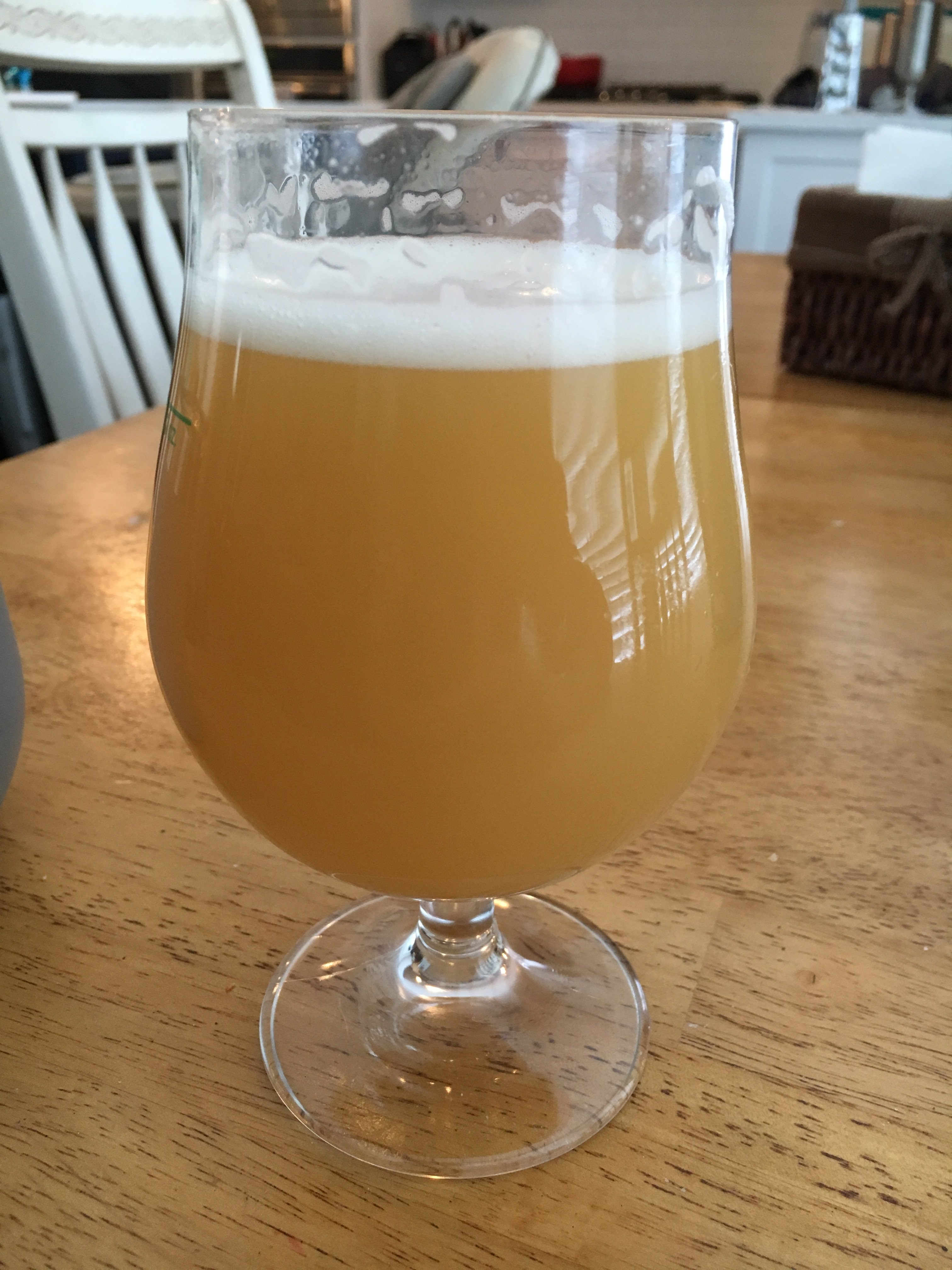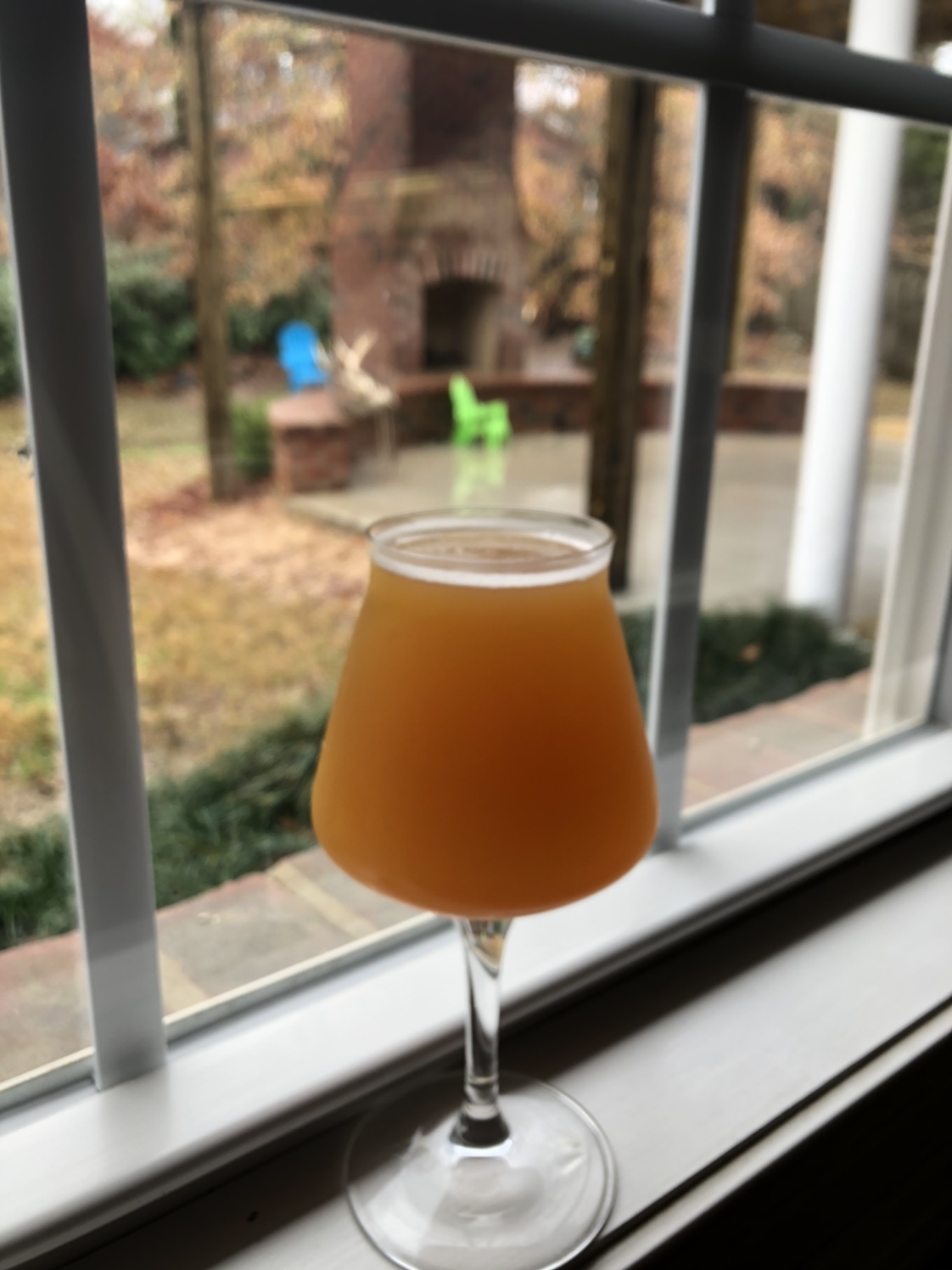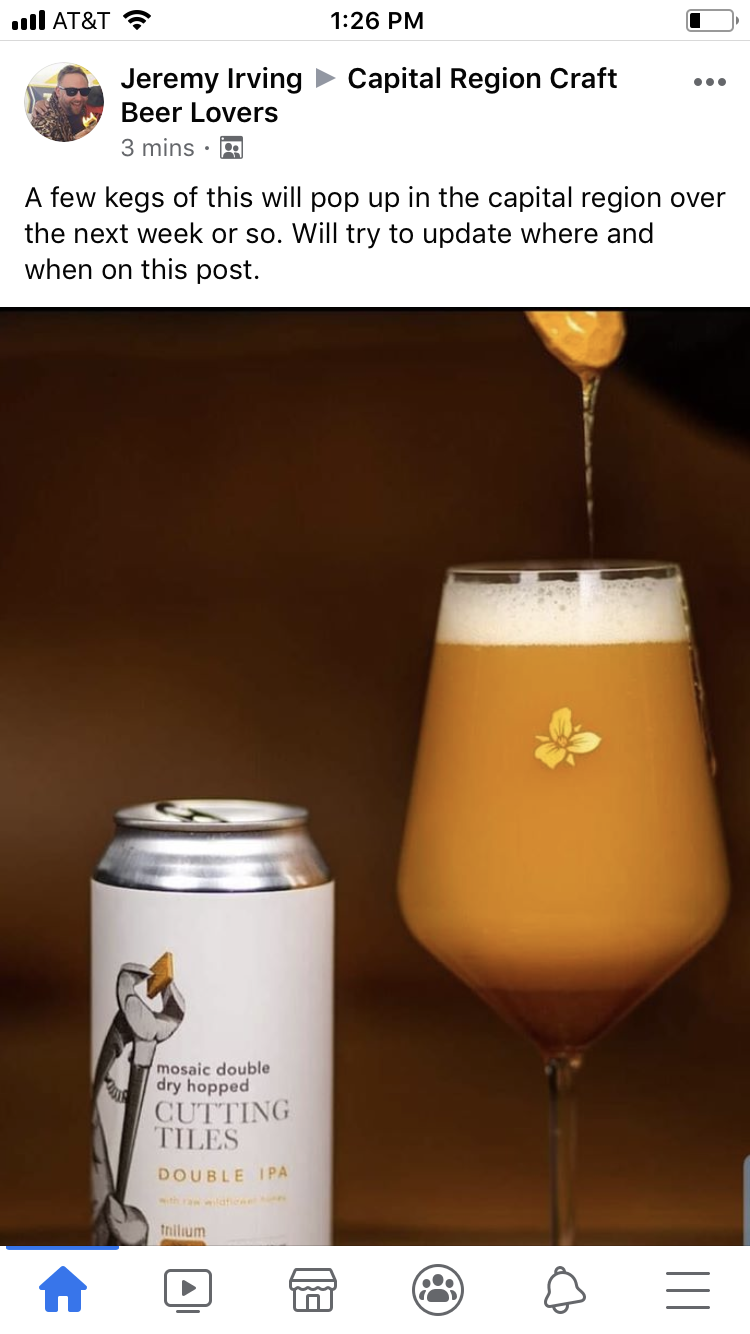Loud Brewing
Well-Known Member
Speaking of soft crash I'm curious, what is the consensus here regarding using floc in neipas?
One advantage from my experience is the ability to skip the soft crash when using clarifiers like whirlfloc due to the fact that that once the fermentation activity subsides, the trub settles out at ferm temps without having to chill and then allow to return to room temp before postferm dryhopping.
Another advantage it seems is the increased stability/shelf life, however the beer might lose that opaque murky look many are looking for.
Thoughts?
Also, anyone experimented with ascorbic acid in neipa to extend shelf/package life?
One advantage from my experience is the ability to skip the soft crash when using clarifiers like whirlfloc due to the fact that that once the fermentation activity subsides, the trub settles out at ferm temps without having to chill and then allow to return to room temp before postferm dryhopping.
Another advantage it seems is the increased stability/shelf life, however the beer might lose that opaque murky look many are looking for.
Thoughts?
Also, anyone experimented with ascorbic acid in neipa to extend shelf/package life?
Last edited:







